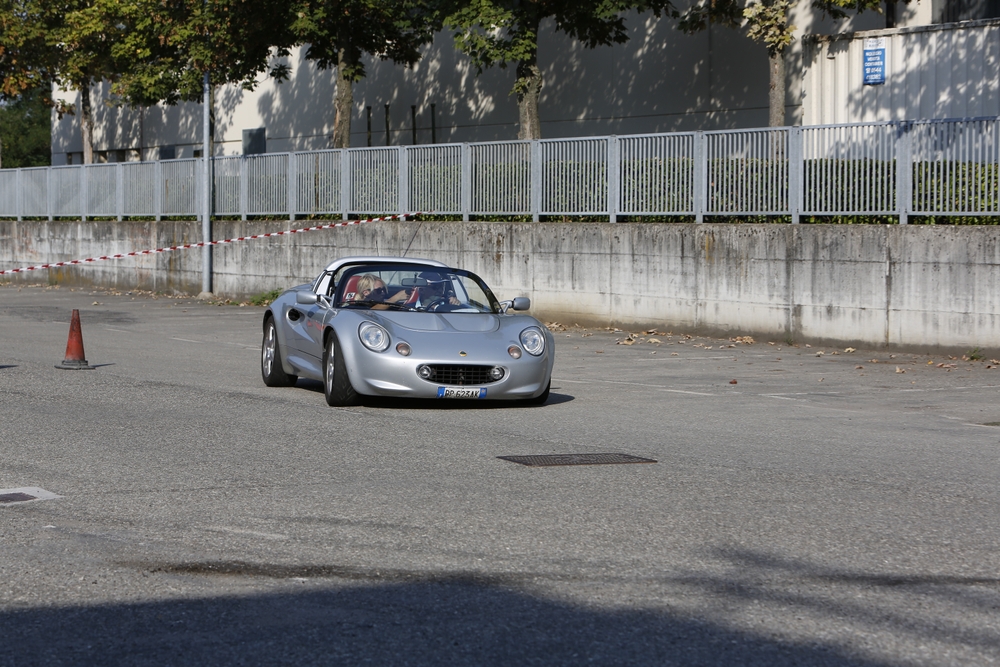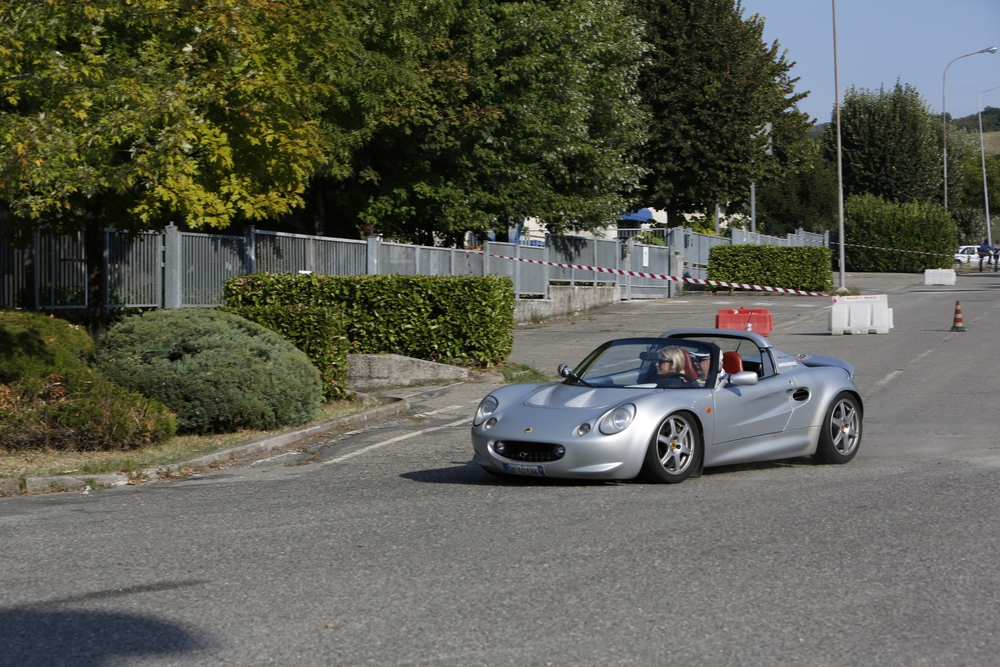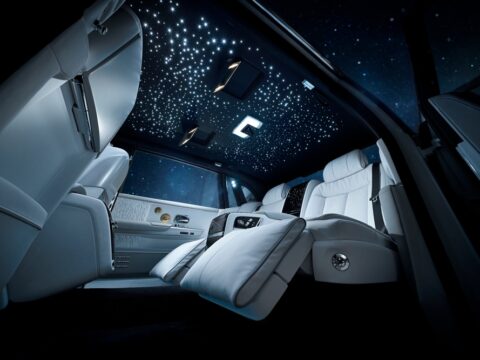Let’s take a little trip back in time. The year is 1995, and the location is the Frankfurt Motor Show. On display is the Lotus Elise Series 1. It looks every bit like a classic 1960’s Lotus, minute in design and incredibly lightweight, and it lacks the hefty price tag of similar 90’s racetrack-oriented cars.
But how does the Series 1 stack up several decades later? As it turns out, the Lotus Elise Series 1 is the vintage British racer you didn’t know you wanted – and here’s why.

Contents
A Quick and Spirited Acceleration
Under the hood of the Series 1 came a 1.8-liter Rover K Series, a lightweight engine that put forth a mere 118 bph and 122 lb-ft of torque. Surprisingly, though, this small engine was able to get the Lotus from 0-60 mph in just 5.8 seconds. For the mid-90’s, this was an incredible showing. Even by today’s standards, this is a relatively quick time, especially for such a small engine as the Rover K Series.
Everything is Lightweight – Even the Brakes
Absolutely everything about the Series 1 is lightweight, from the body to the brakes. This Lotus utilized Metal Matric Composite (MMC) aluminum disc brakes that not only cut down on weight but beefed up the braking power.

Weighing just 731 kg (1611.58 lb), the Series 1 was given a five-speed manual gearbox and a double-wishbone suspension to keep to the lightweight concept. All of this worked together to give the Series 1 such an agile performance.
The 1998 Elise Sport 135’s Unique Design
A few changes happened over the course of the Series 1. In the latter part of 1998, the Elise Sport 135 hit the open road with a revamped cylinder head that boosted power output to 135 bph. Painted in Quicksilver and sporting special ‘135’ graphics, the Sport 135 only offered a limited 50-unit run at first. 35 more units were made in 1999 and were just like the original 50 save for their black filler cap, ‘135 99’ badging, and 111S wheels.

Inside, there were fetching red sport seats and a matching red steering wheel. Under the hood, you’d find a close-ratio gearbox. This vehicle also came with drilled brake discs and a catalytic converter-less sport-tuned exhaust.
A Sensible Layout
Lotus designed the Elise Series 1 in a straightforward, no-nonsense manner. The drive is at the rear, each wheel at the end of each corner, and an engine plopped right in the middle. Lotus also did not see fit to simulate what was coming in luxury vehicles at the time.
The leather upholstery was undeniably thin, and there was no air conditioning or carpeting to be found, thereby hearkening to a bygone era. Besides, all that extra stuff would’ve weighed the Series 1 down.
An Impressive Amount of Feedback
Steering is where the Lotus Elise Series 1 absolutely shines. The steering wheel is placed incredibly close to the car’s front wheels, so you will feel every road imperfection and even the slightest movement coming through the wheel into your hands. This gives it that quintessential racecar quality.
You shouldn’t notice any hesitations between your inputs and the vehicle’s actions. All you do is point and steer, and the Series 1 immediately goes there.

How high is your threshold for speed? Because however high it is, the Lotus Elise Series 1’s is higher. While these vehicles are rare (and, unfortunately, not legal to drive in the United States due to their righthand driving design), if you can find one, snag it. Pop some new parts into it but keep that lightweight design going, and you’ll feel as though you are meant to be driving on the track as well as the open road.














